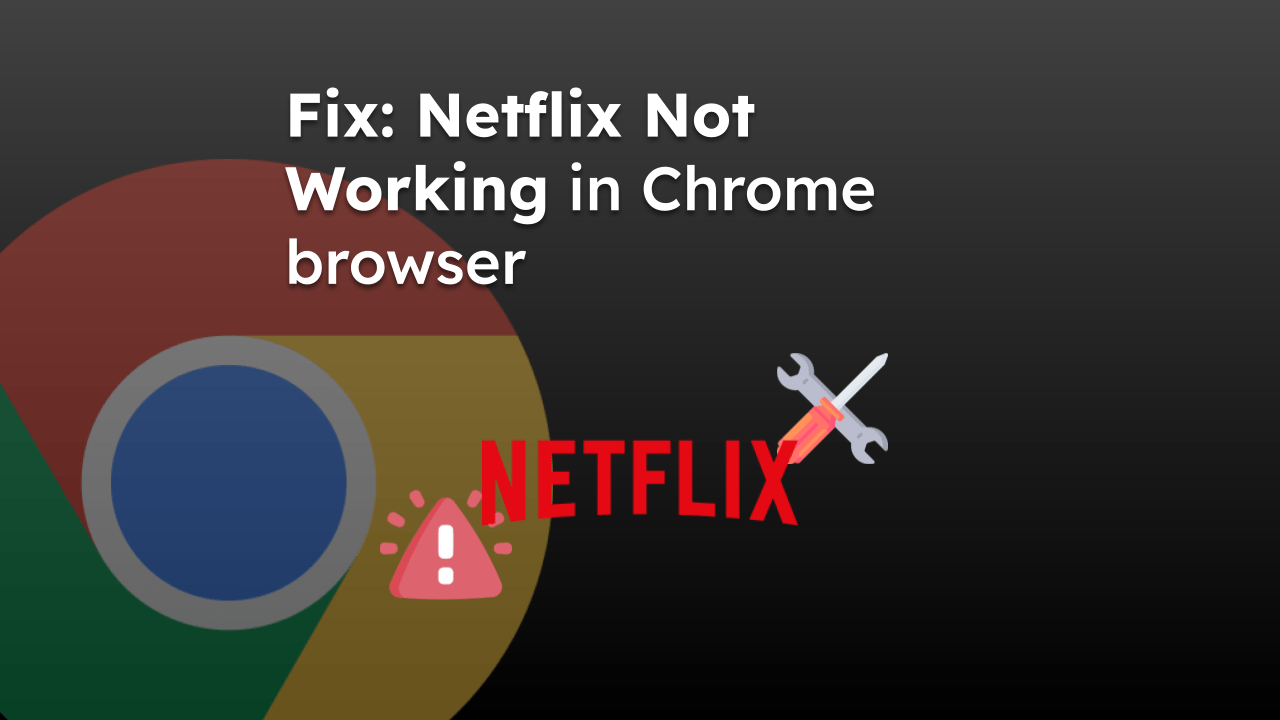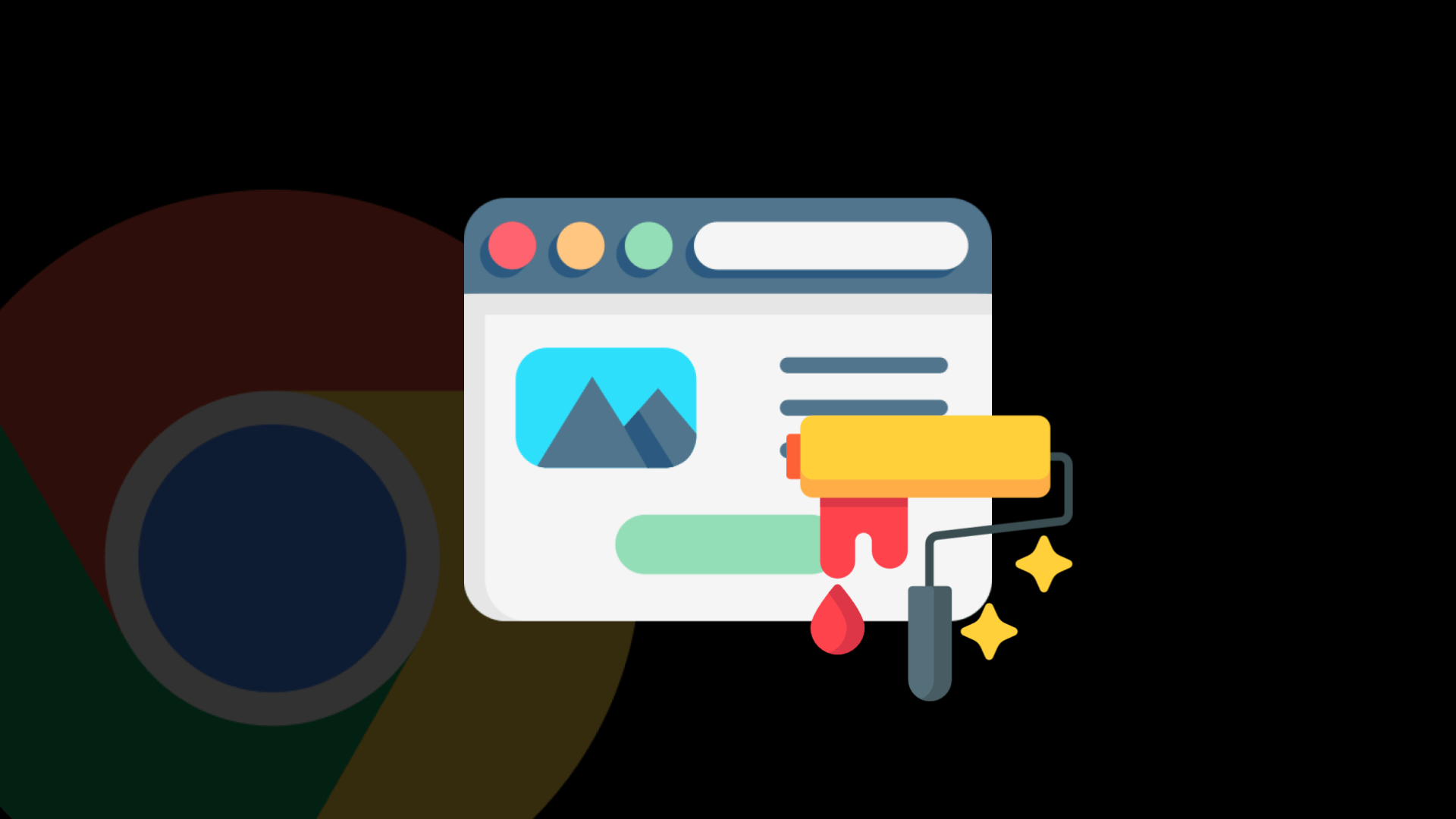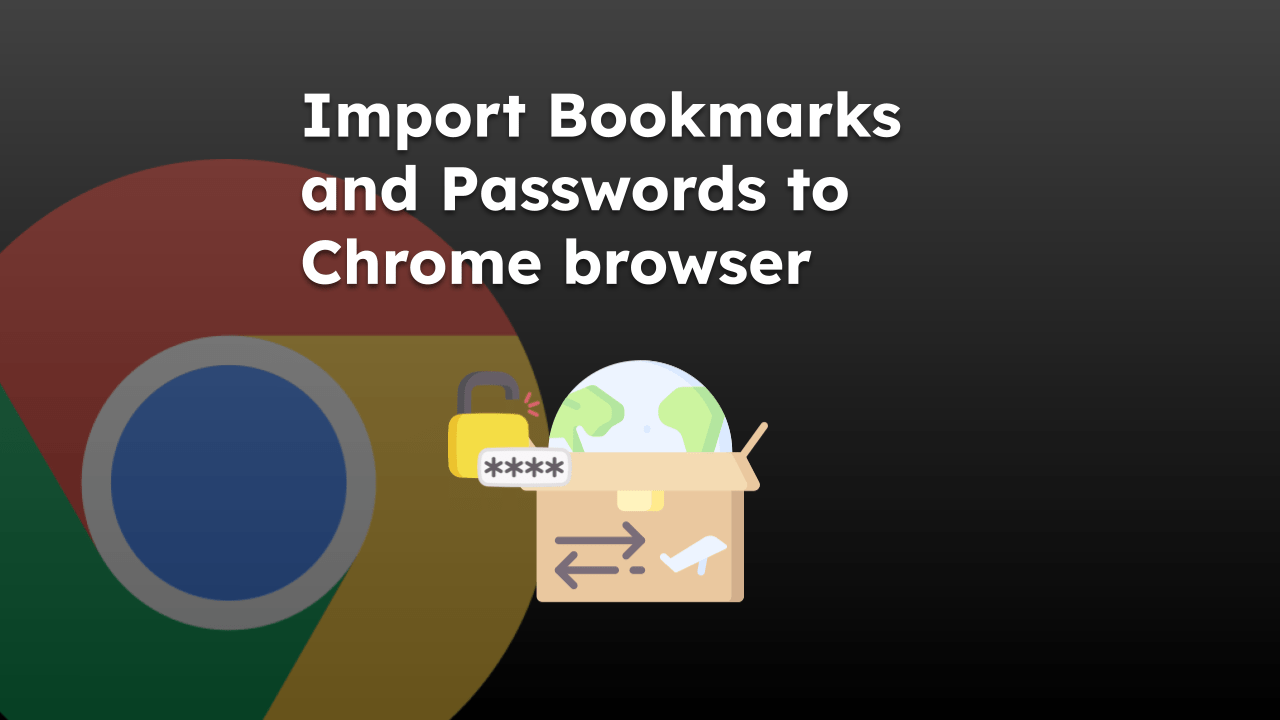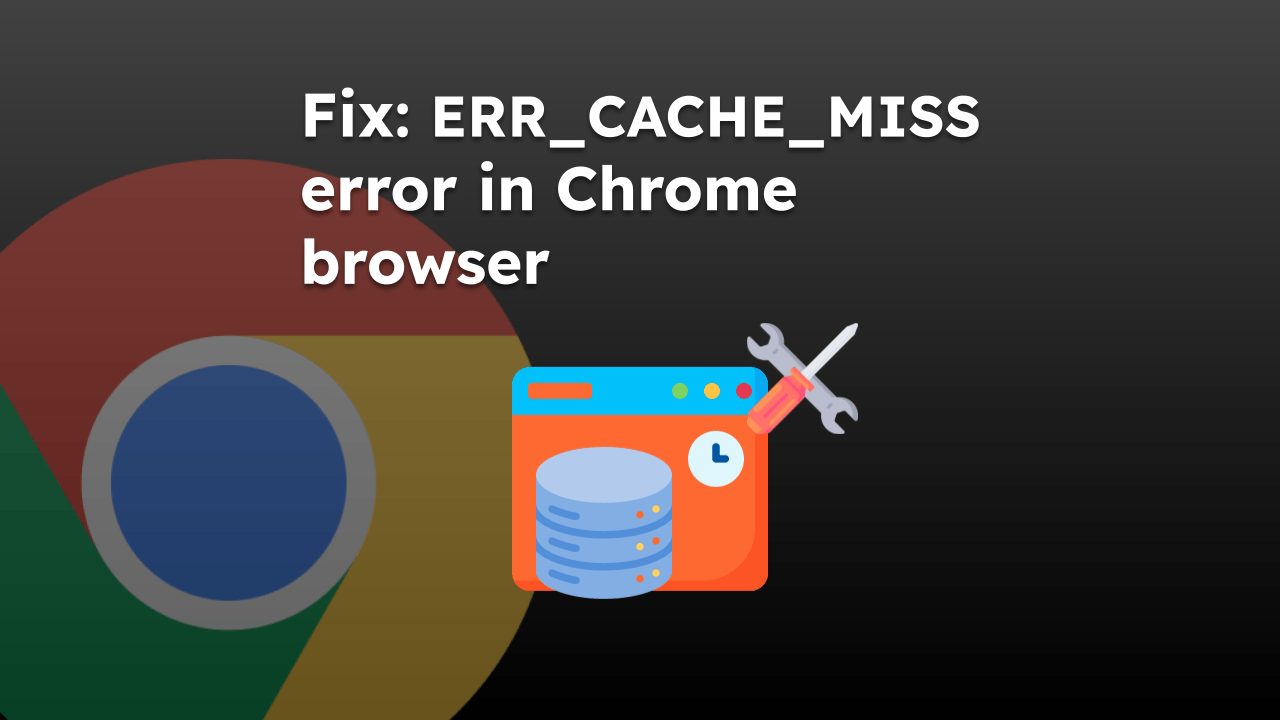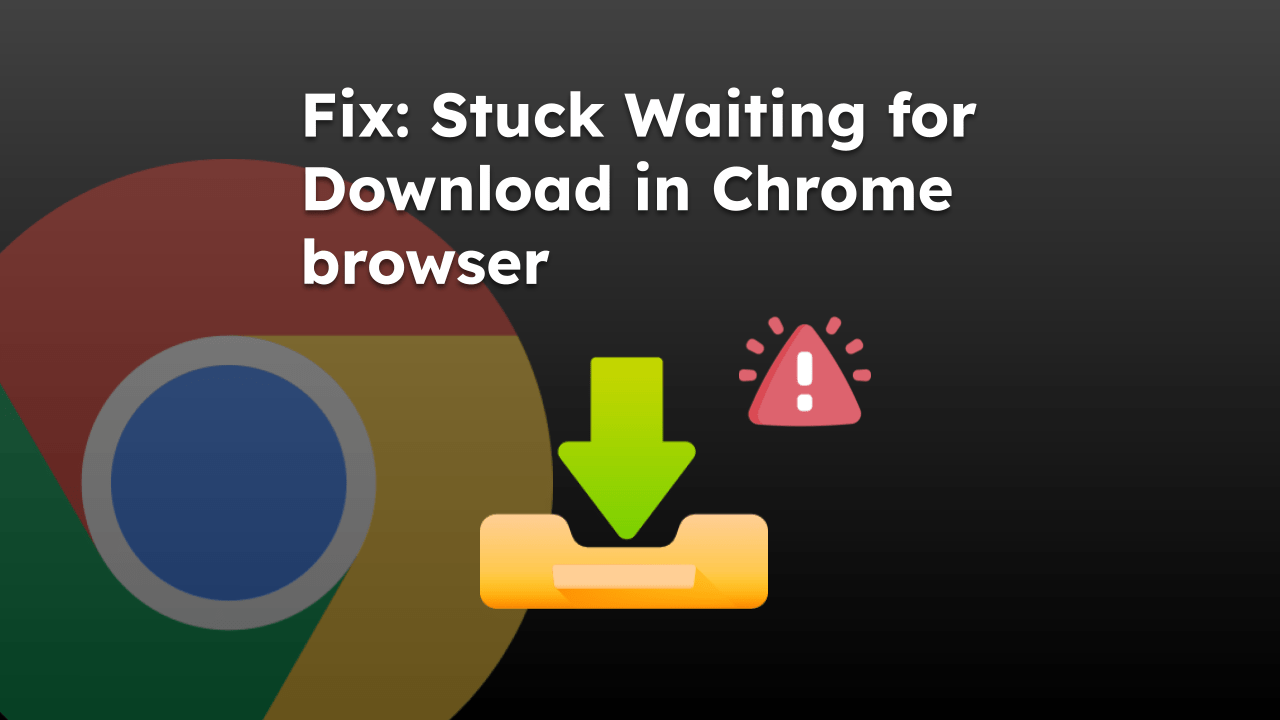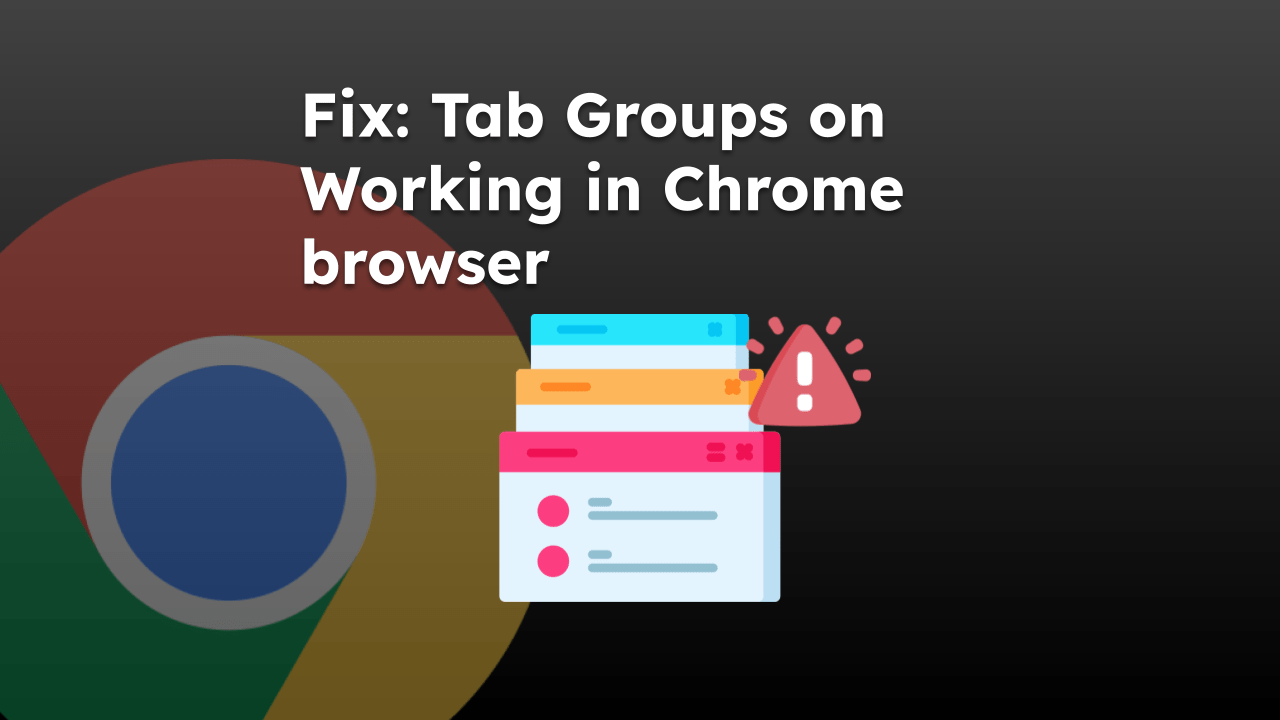YouTube can intermittently face a network or connectivity issue that does not work or load the videos or the site itself.
In such cases, you can check your ISP network, force restart the browser, clear browser and DNS data, disable the extensions, and reset the browser to default to troubleshoot the issue.
Many users have reported that they cannot load the website or play YouTube videos. They are struggling with either slow loading or videos don’t load at all.
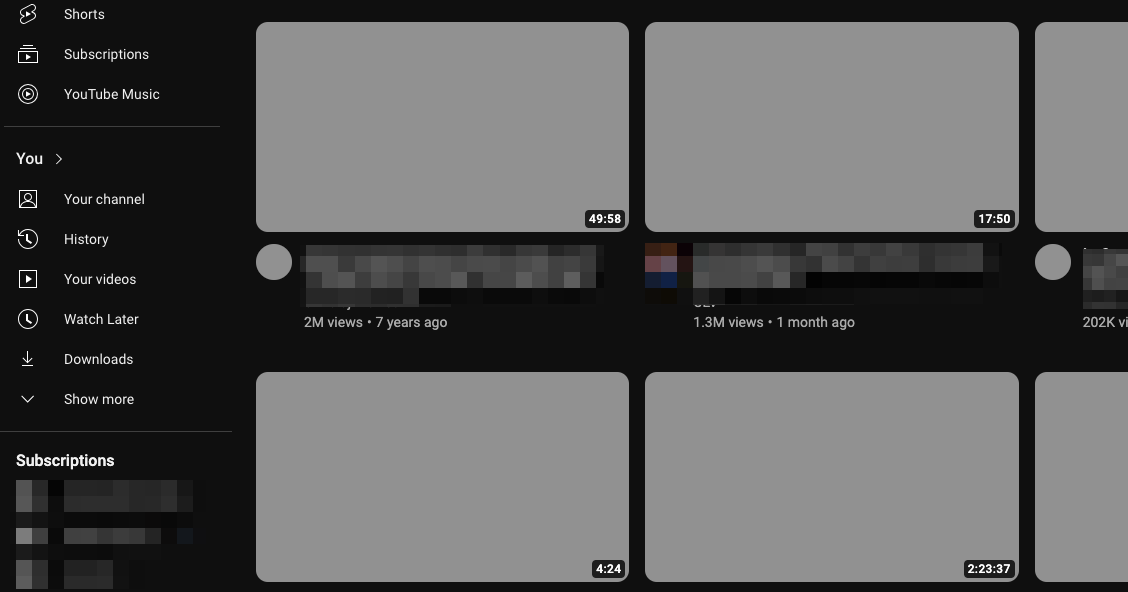
In this guide, I have shared written instruction about:
Method 1: Check your Internet Stability
The first step is to ensure your internet connection functions appropriately. You can verify this by opening another app or a different website and seeing if it loads correctly.
You can also restart the network modem or Wi-Fi router that you’re connected to.
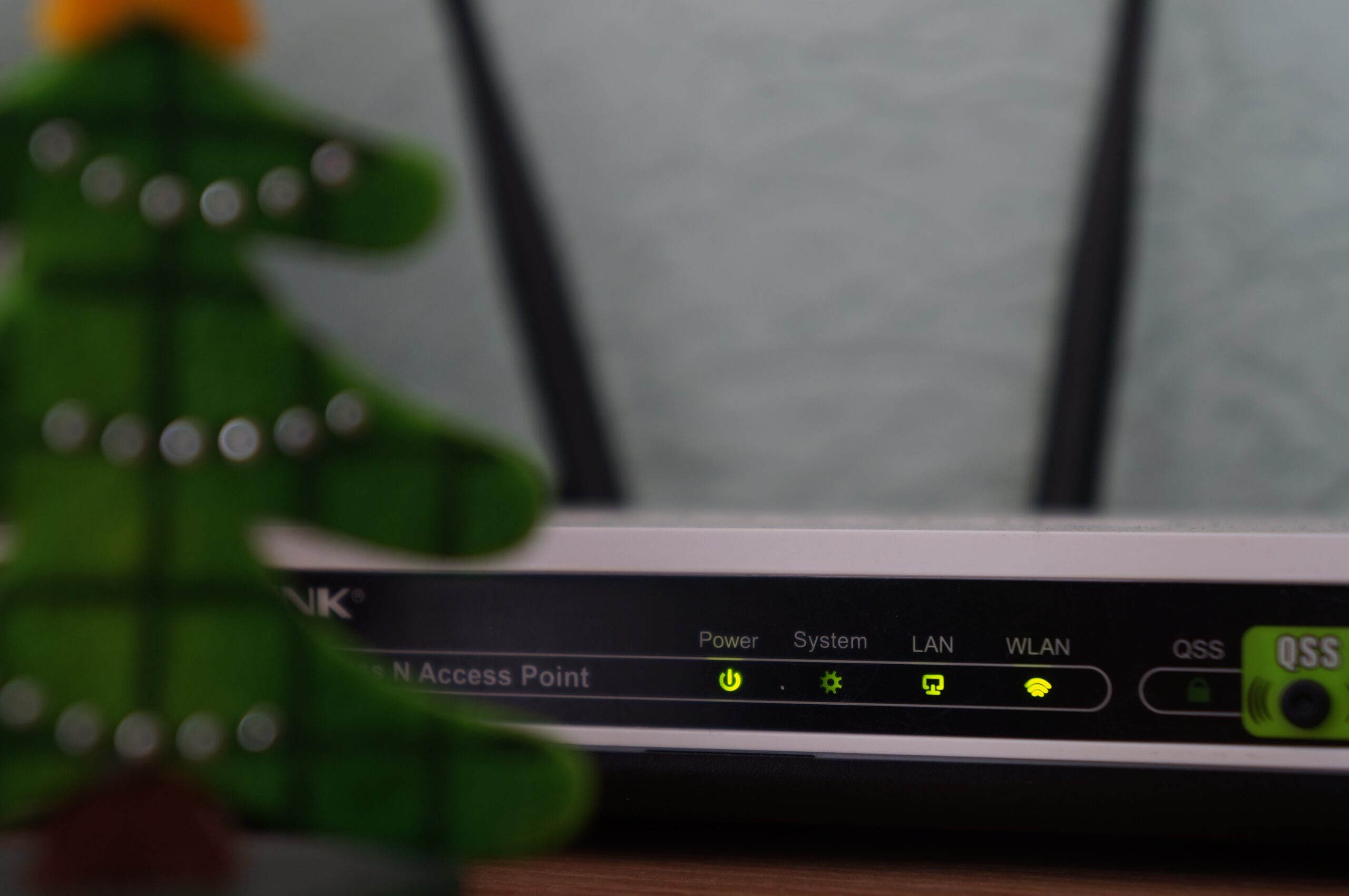
We have a great guide on basic troubleshooting that details all other simple methods you can follow before heading to advanced fixes.
Method 2: Quit and Restart the Browser
If you haven’t closed your browser for a while or have multiple tabs open, force-quitting the browser and relaunching help fix intermittent issues.
- Close all the open tabs in the Chrome app.
- Quit the app using Task Manager (in Windows) or Activity Monitor (in Mac).
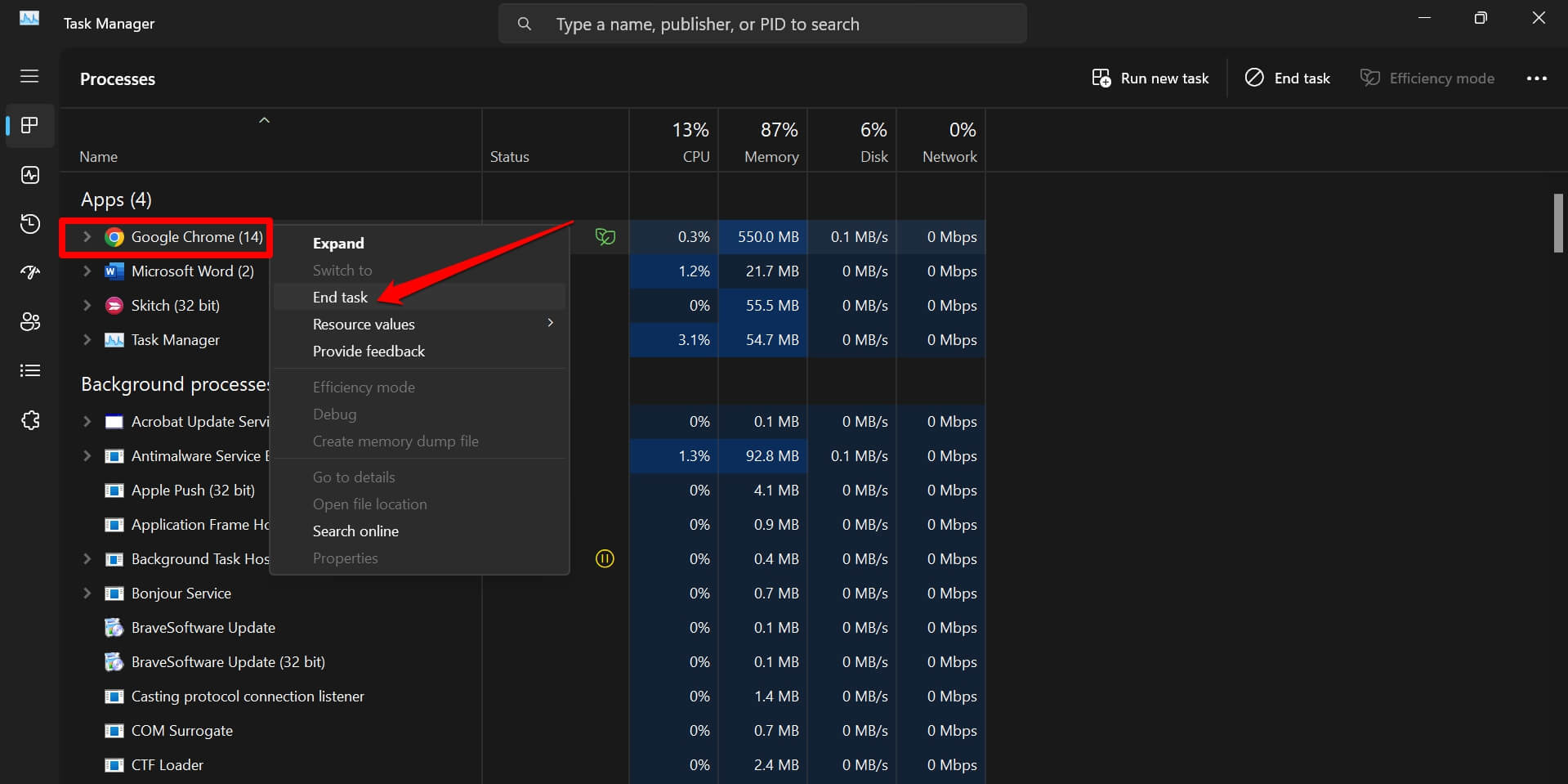 Ensure no background processes are running.
Ensure no background processes are running. - Reopen the Chrome app and try to play the YouTube video again.
The action can often refresh the browser process and fix minor loading or playback issues.
Method 3: Update the Chrome browser
An outdated version of Chrome can sometimes cause problems with YouTube videos. Here’s how to check for updates:
- Launch the Google Chrome on your computer.
- Hit on More
 for options and select Settings from the list.
for options and select Settings from the list. 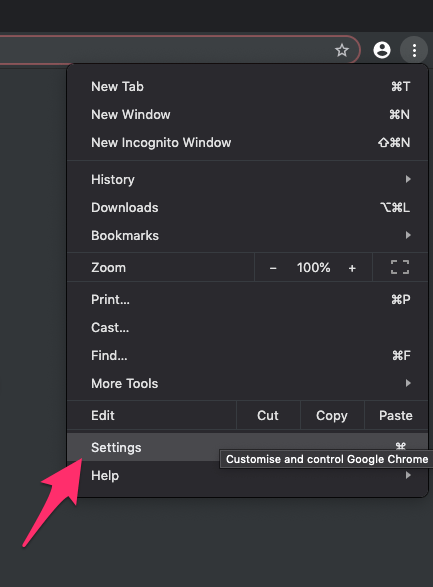 It will open the Chrome Settings page.
It will open the Chrome Settings page. - Switch to the About Chrome tab on the Settings page.
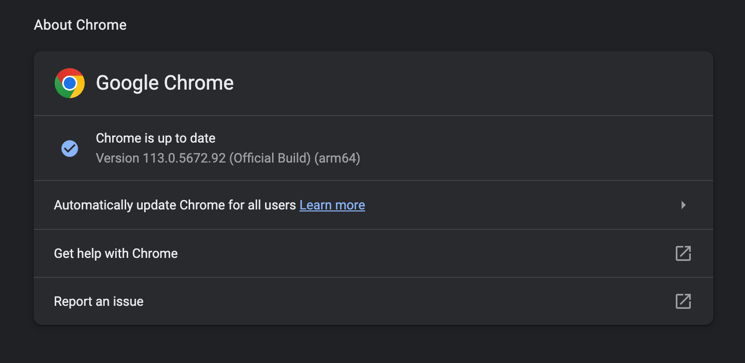 The browser should automatically start looking for the latest updates.
The browser should automatically start looking for the latest updates.
You may need to relaunch the browser to ensure the updates are successful and remove the old browser files. You can check if YouTube is working after the browser update.
Method 4: Clear Temporary Browsing Data
Over time, your browser accumulates cache and cookies, potentially hindering the smooth loading of online videos. Here’s how you can clear cookies and cache data:
- Open the Chrome browser on your computer.
- Click on the More
 for menu options and hover on the More Tools menu.
for menu options and hover on the More Tools menu. - Select the Clear Browsing Data menu from the list.
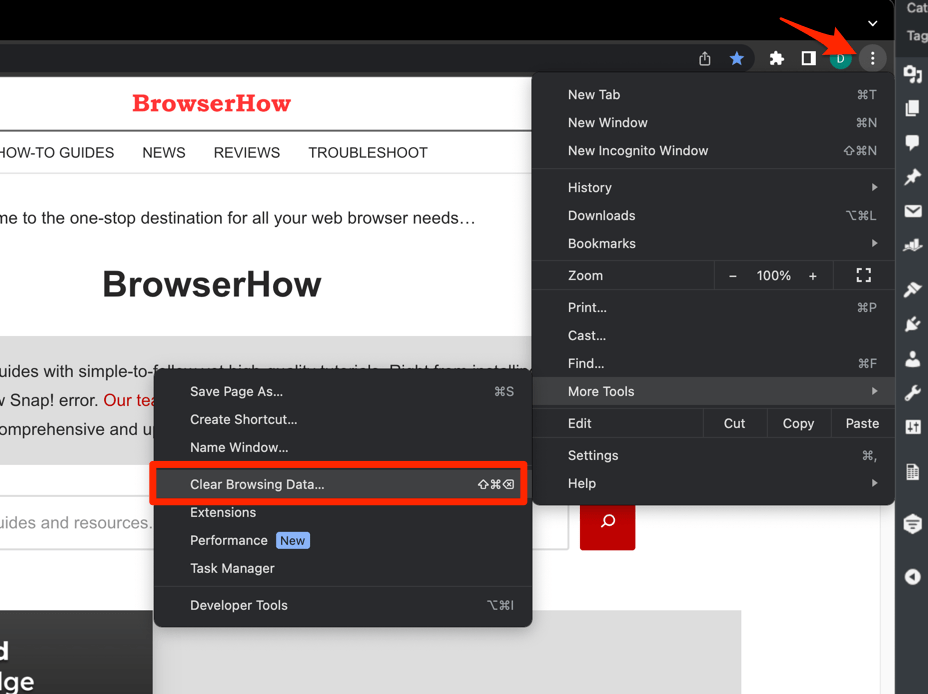 It will open the Clear browsing data settings window.
It will open the Clear browsing data settings window. - Choose the Time Range from the drop-down and select the checkboxes for the ‘Cookies and other site data‘ and ‘Cached images and files‘ options.
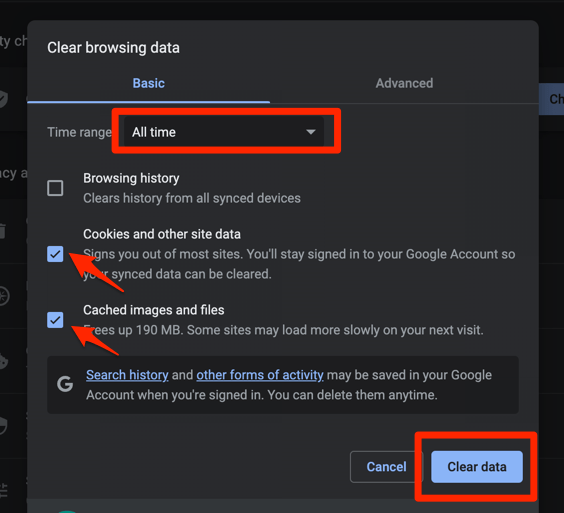
- Finally, hit the command button.
Once done, the browser will remove all accumulated cache and cookies. This might help in fixing the site loading issue.
Note: Clearing the cache and cookies will log you out of most websites. Make sure you have your login credentials handy.
Method 5: Disable Browser Extensions
Extensions add additional capabilities to the browser, but sometimes, they can interfere with a website’s operation. You should try disabling all the installed extensions and checking if YouTube is loading.
- Open Google Chrome on your computer.
- Click on More
 for the options menu.
for the options menu. - Hover on More Tools and select the Extensions option.
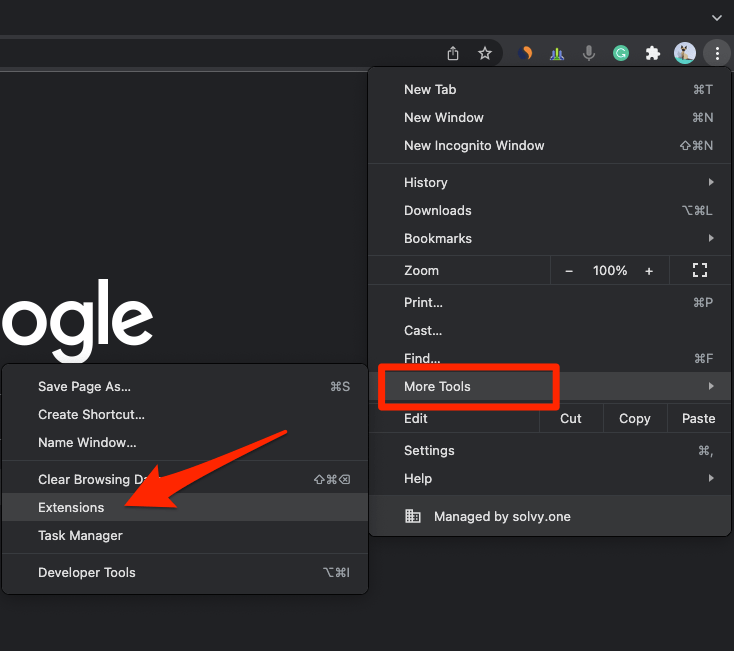 It will open the Extensions Manager page with install extensions.
It will open the Extensions Manager page with install extensions. - Disable the toggle option against each extension.
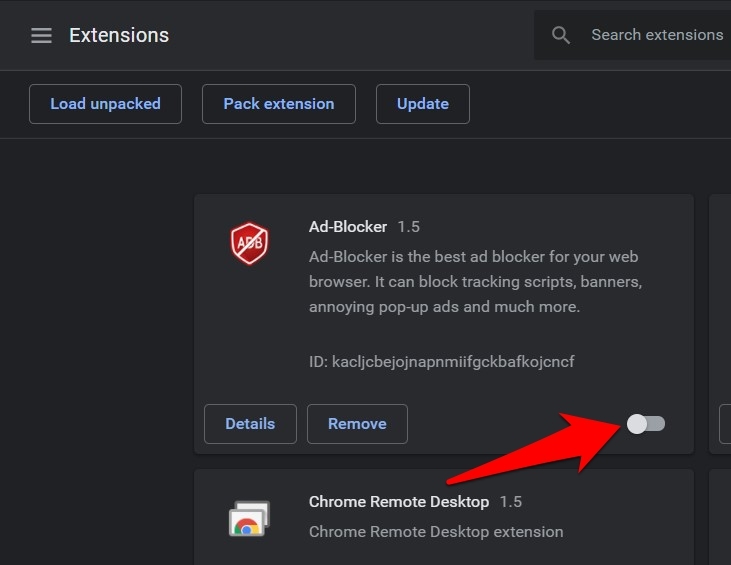
- Restart the browser and check for issues.
If YouTube works fine, it indicates that one or more extensions were causing the problem. Enable them individually to identify the culprit and replace it with an alternative if required.
Method 6: Clear Chrome browser’s DNS Cache
The DNS cache stores the web servers’ IP addresses of the websites you’ve visited. If an IP address changes before your DNS cache updates, it could cause loading problems. Hence, clearing the DNS cache can help resolve any teething issues.
- Launch Google Chrome on the computer.
- Type in chrome://net-internals/#dns in the address bar, and hit key.
- Hit the button.
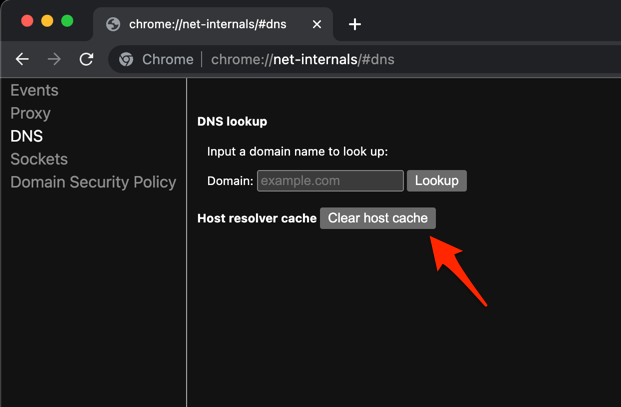
- Restart the browser.
Once you’ve done this, try loading or playing YouTube videos to see if the problem persists.
Method 7: Change the DNS Address on the Computer
The DNS (Domain Name System) address can sometimes prevent websites from loading or cause slow rendering. Switching to a secured or faster DNS address might solve the issue.
Changing DNS Address in Windows OS
- Open the Control Panel via the Start menu, and go to Network and Sharing Center.
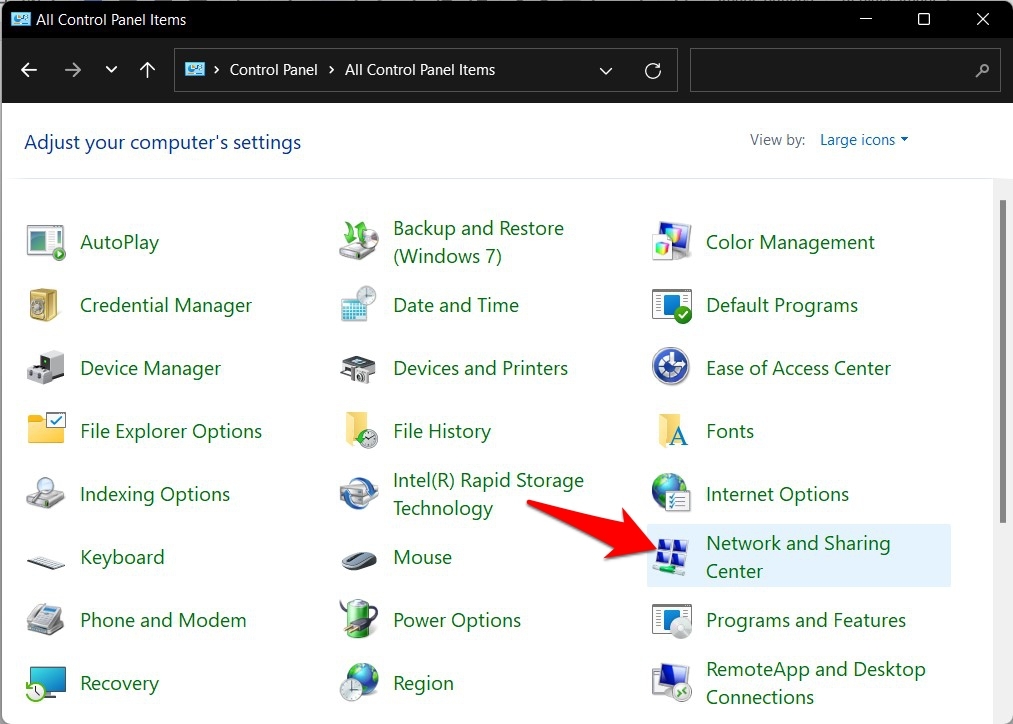
- Click on Change Adapter Settings from the left menu bar.
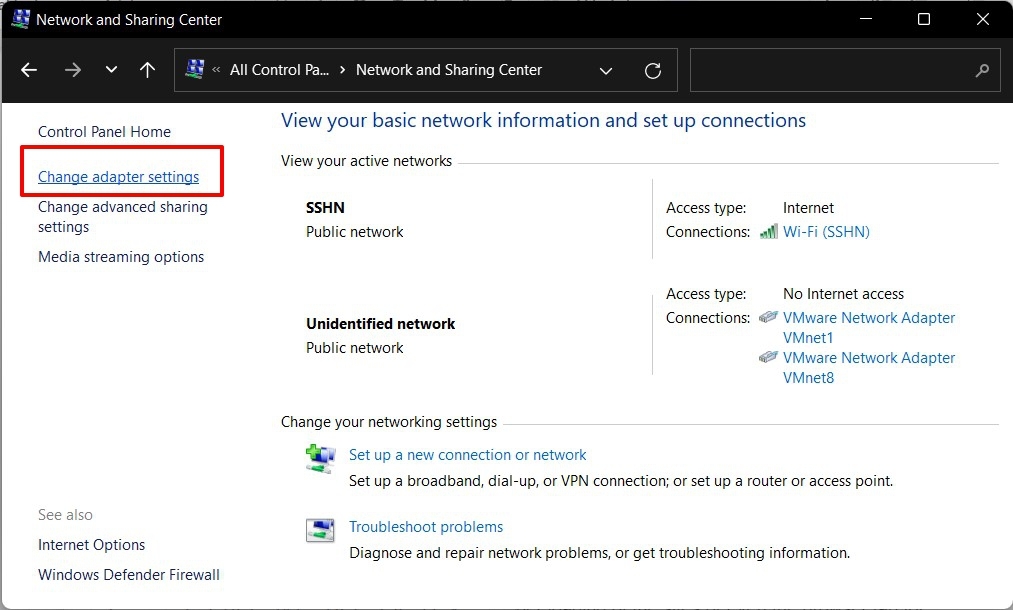
- Right-click on your current network and select Properties.
- Double-click on the Internet Protocol Version 4 option.
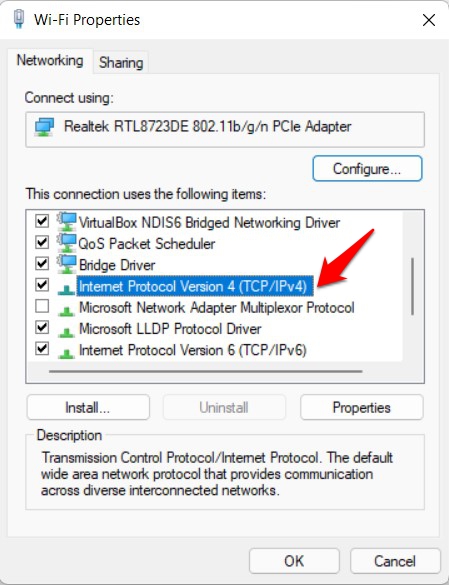
- Select Use the following DNS server addresses option, and input the following Google DNS values.
Preferred DNS Address: 8.8.8.8 Alternate DNS Address: 8.8.4.4
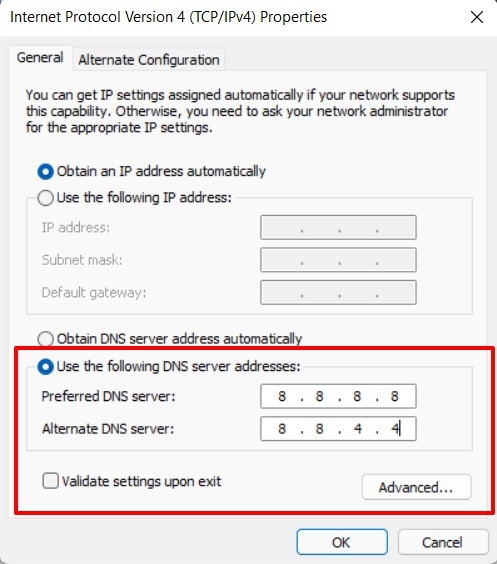
- Hit the button to save the changes.
It will alter the DNS server to Google’s public DNS address. These changes are on the network level and will be applied across all the applications and software.
Changing DNS Address in macOS
- Click on the Apple
 menu, and choose the System Settings menu.
menu, and choose the System Settings menu.
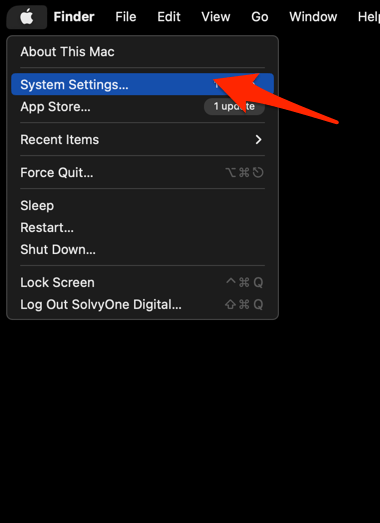 It will open the Settings window with the list of options.
It will open the Settings window with the list of options. - Switch to the Network settings tab and select the Network Adapter (say Wi-Fi) connected for internet access.
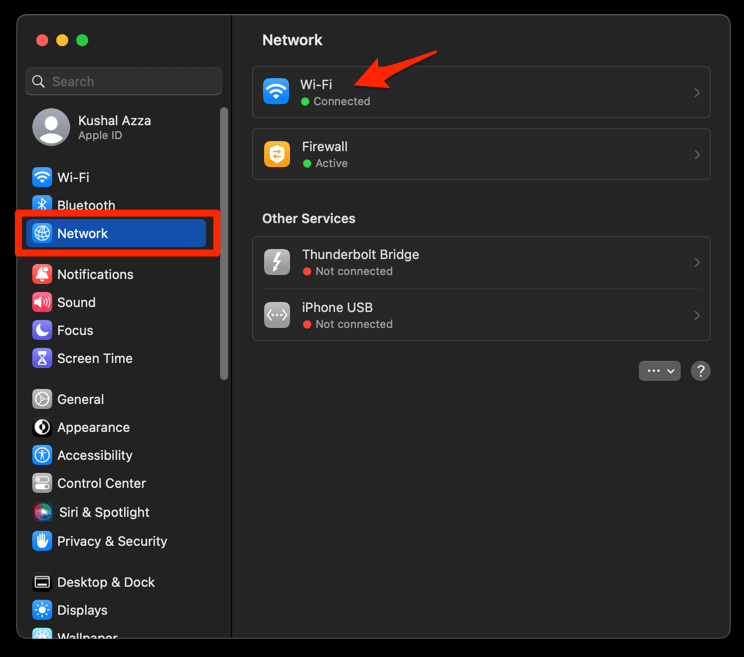
- Click the button to open the network configuration window.
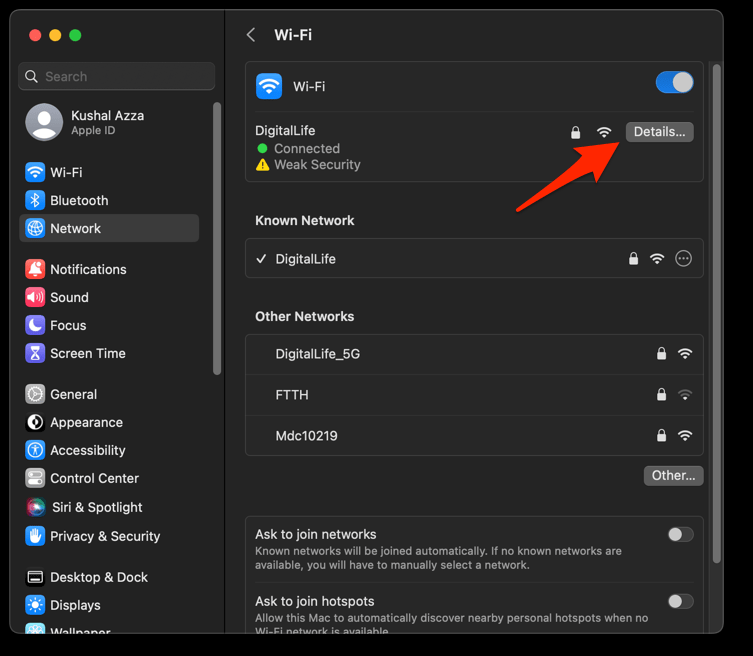
- Switch to the DNS tab, then click the Plus
 button at the bottom of the DNS Servers list.
button at the bottom of the DNS Servers list. - Enter the Google DNS Server addresses: 8.8.8.8 and 8.8.4.4 and hit the button to save.
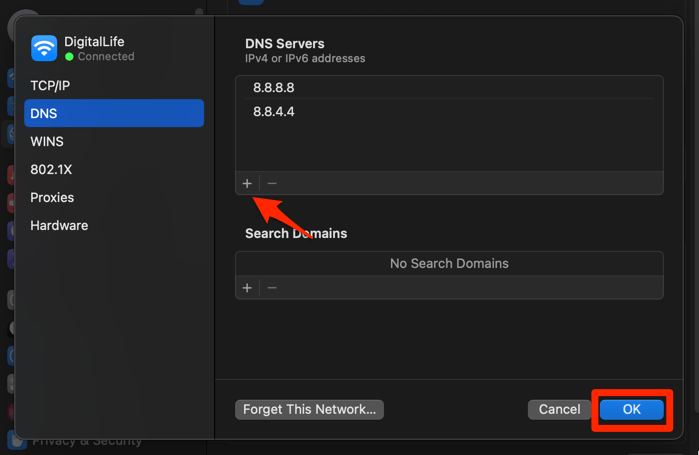
Try reloading the YouTube site or playing a video to check if it’s working.
Method 8: Reset Browser Settings
Sometimes, misconfigured Chrome settings can prevent YouTube from functioning correctly. Resetting settings to the original default can resolve the issue.
You should consider it the last option since it will wipe out the browser’s data and configured settings. Here are the steps to reset:
- Launch the Chrome browser on the computer.
- Click on the More
 menu and select the Settings from the list.
menu and select the Settings from the list.
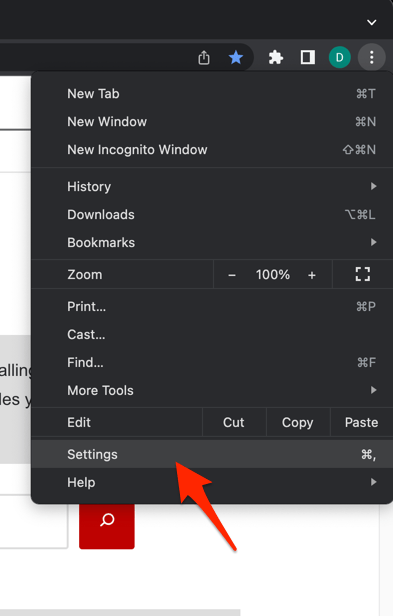 It will open the Chrome browser’s settings page.
It will open the Chrome browser’s settings page. - Switch to the Reset settings tab in the sidebar and select Restore settings to their original defaults option.
- Hit the command button to continue the browser reset.
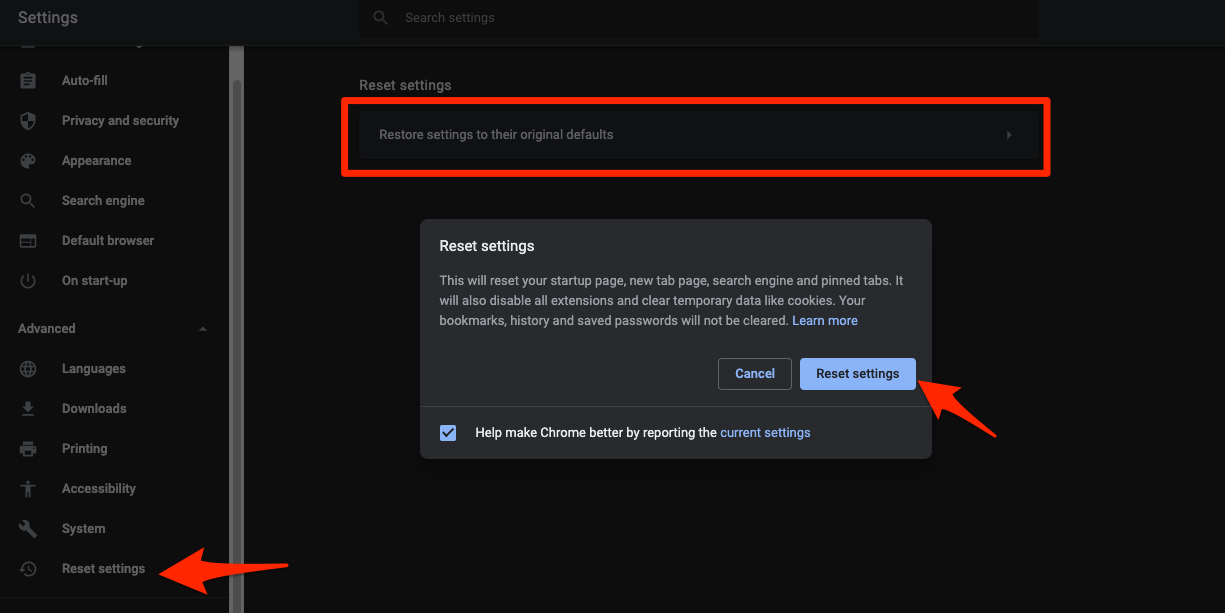
Note: Resetting will turn off all the extensions, clear temporary data, and remove cookies. However, your bookmarks, history, and saved passwords must be cleared.
Now, restart your browser and check whether YouTube is back to normal.
Bottom Line
Most users have reported that restarting the browser and clearing the cache has helped them resolve the issue in most instances.
Also, always exercise caution when making changes to the system settings level.
Lastly, if you've any thoughts or feedback, then feel free to drop in below comment box. You can also report the outdated information.


